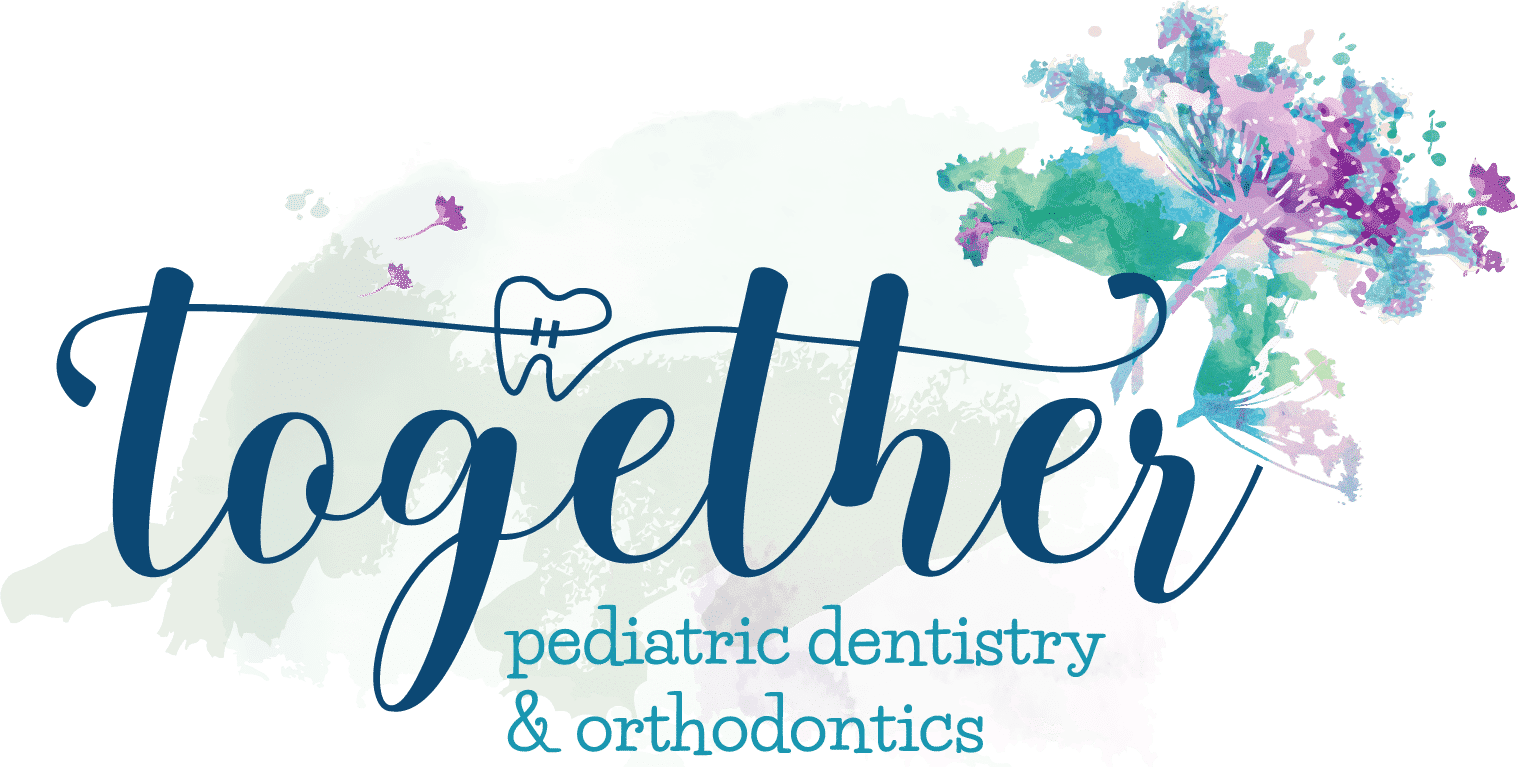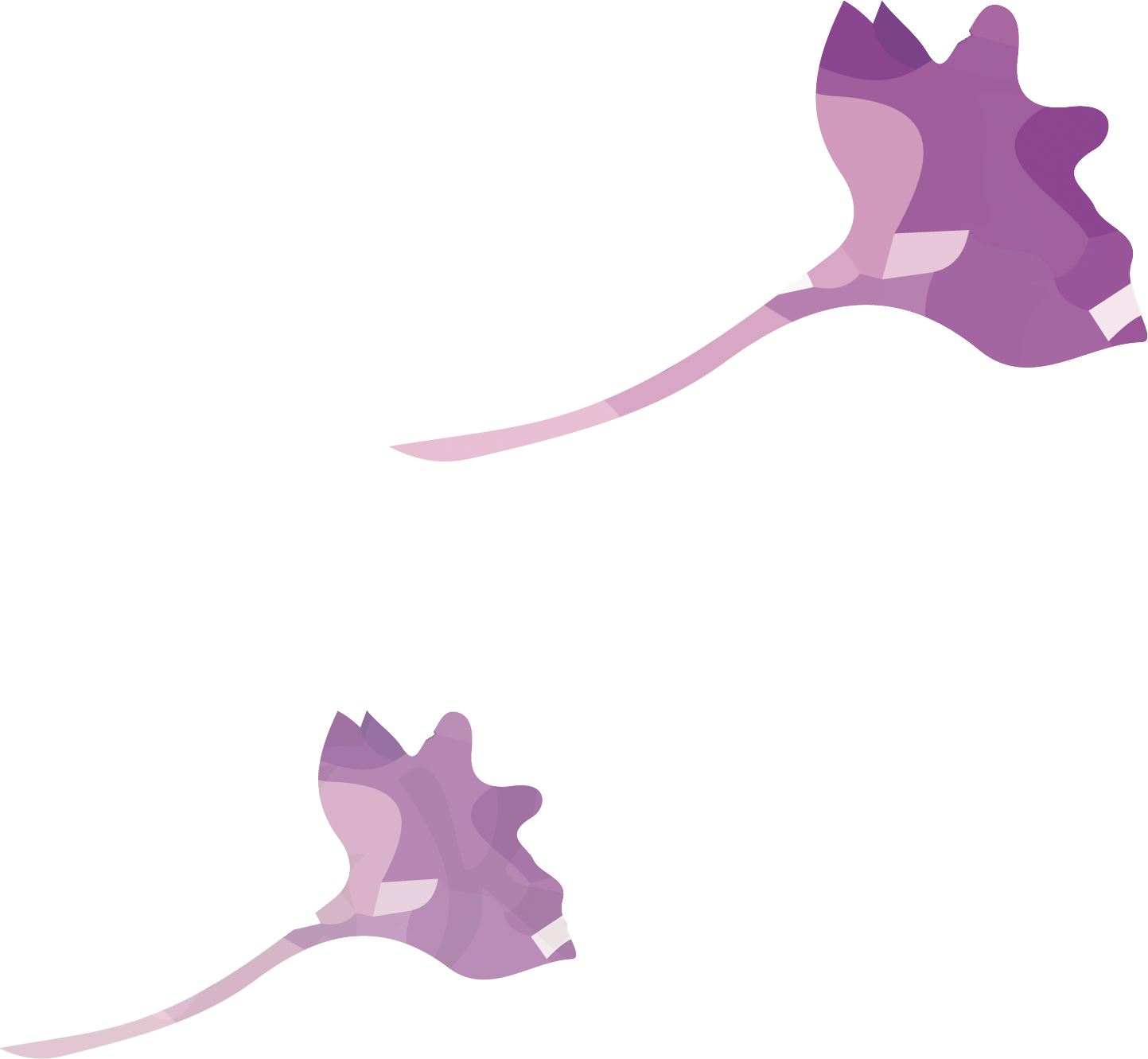Sedation Dentistry for Comfortable Care
At Together Pediatric Dentistry & Orthodontics, Dr. Roshi Rastegar understands that some dental procedures can be intimidating for children. To ensure a calm and comfortable experience, we offer nitrous oxide sedation, commonly known as laughing gas, during treatments such as fillings or more complex procedures.
What Is Nitrous Oxide?
Nitrous oxide is a gentle and widely used form of sedation in pediatric dentistry. It is a colorless, sweet-smelling gas that’s mixed with oxygen and delivered through a small mask placed over your child’s nose. Your child breathes in the gas mixture during the procedure, receiving a higher concentration of oxygen than they would from regular room air, keeping them safe and relaxed at all times.
Promotes relaxation without putting your child to sleep
Suppresses the gag reflex, making treatment easier
Keeps your child fully awake with all natural reflexes intact
Fast-acting and wears off quickly with no lingering effects
According to the American Academy of Pediatric Dentistry, nitrous oxide is both safe and effective when used appropriately.
What Will My Child Feel?
Children often describe nitrous oxide as giving them a funny or floating feeling. Common sensations include:
A warm, calming euphoria
Lightheadedness or a sense of floating
Tingling in the hands or feet
Mild sleepiness
Giggly or silly reactions
These effects help children feel at ease, allowing dental care to proceed smoothly and comfortably.
Is It Safe?
Absolutely. Nitrous oxide has been safely used for generations in pediatric dentistry. It’s mild, non-addictive, and completely reversible. If your child feels any discomfort during the procedure, we can simply adjust the levels or switch to 100% oxygen to eliminate the effects within minutes.
What Happens After the Visit?
There are no lasting side effects from nitrous oxide sedation. Once the treatment is complete and your child has had a few minutes to breathe oxygen, they can return to normal daily activities, including school or play.

